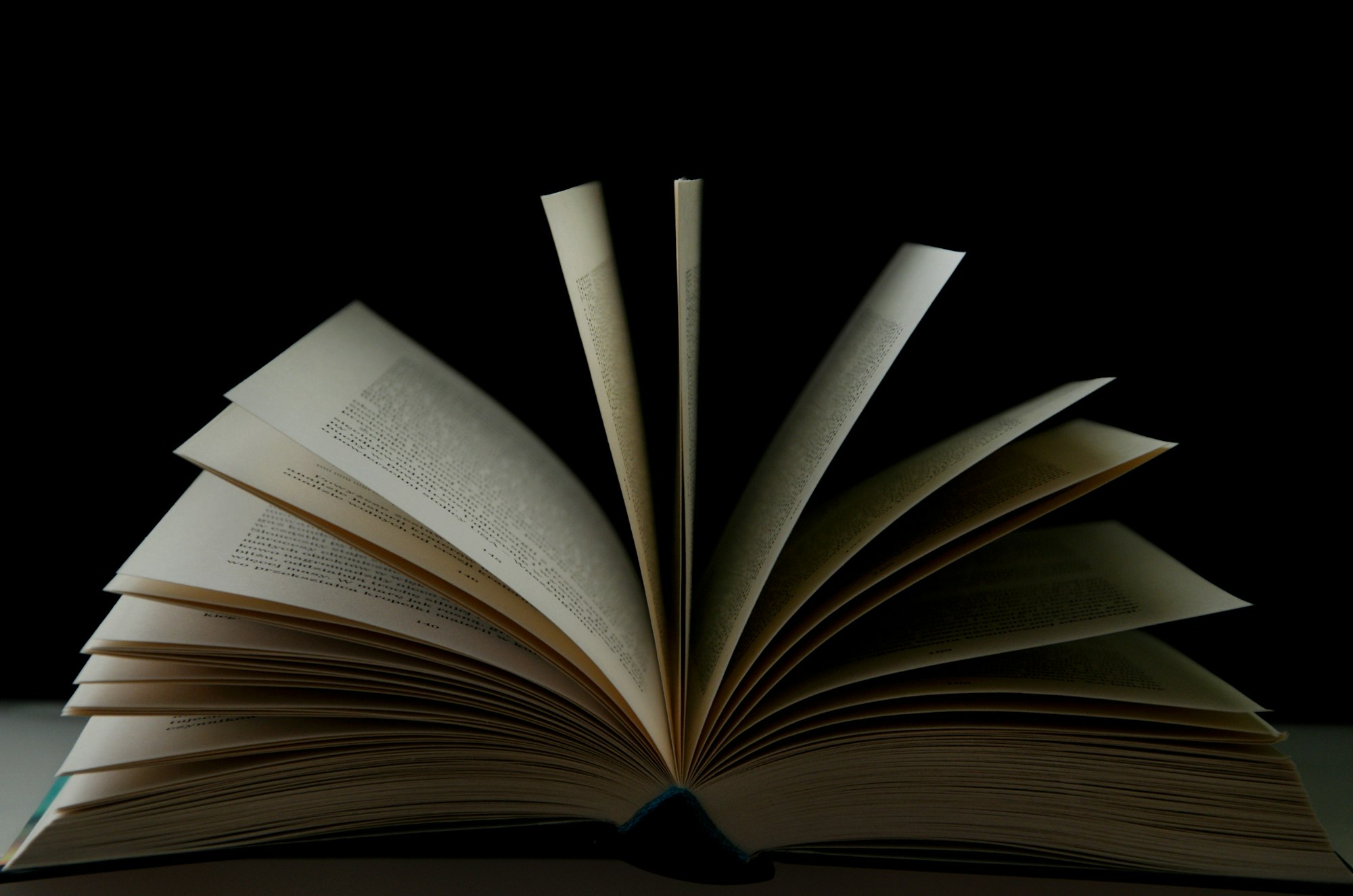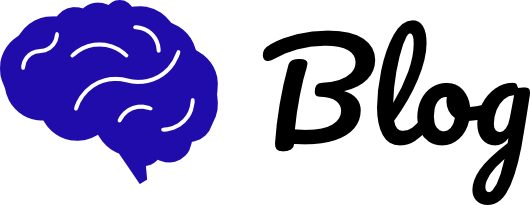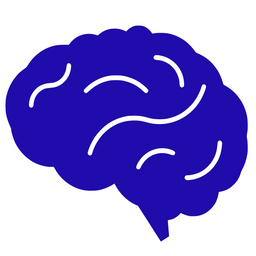Schools in NSW are ranked primarily based on their Higher School Certificate (HSC) success rate. This success rate refers to the proportion of students at a school who achieve a Band 6 score, which is a mark of 90 or above in an HSC subject. Each year, the HSC results are released, and the number of Band 6 achievements is used to create a ranking system for schools.
In this context, a school's HSC success rate is often referred to as its "top achievers" list, representing the percentage of students who perform exceptionally well in their subjects. The more students a school has in this top band, the higher it ranks. Some rankings may consider NAPLAN results, although this is less common.
Table of Content:
- How do Parents find the Best School for their Child?
- How do School Rankings Impact the Education Received?
- Weighing the Pros and Cons
- FAQs
How Do Parents Find the Best School for Their Child?
While rankings based on HSC success rates are an important consideration, finding the best school for a child goes beyond these numbers. Many parents balance these rankings with factors like school culture, extracurricular opportunities, and proximity.
Parents often explore:
- School culture and values: Whether the school's philosophy aligns with their child's personality and learning style.
- Programs and facilities: Some schools may offer specialist programs in areas like music, sports, or languages that cater to a child's interests and talents.
- Reputation and word of mouth: Speaking with other parents and attending school open days can help families understand whether a particular school will be a good fit.
How Do School Rankings Impact the Education Received?
The HSC success rate and overall ranking can significantly shape perceptions of a school's academic reputation. High rankings often reflect a rigorous academic environment with strong teacher support and competitive student bodies, which can create a motivating atmosphere for students who thrive under pressure.
However, the downside of such environments is that they can sometimes lead to increased stress or anxiety for students who may not respond well to high-pressure academic settings.
Moreover, while a school with a high HSC success rate may offer excellent academic preparation, schools with lower rankings might excel in other areas, such as supporting students with diverse needs or fostering a more inclusive community.
Weighing the Pros and Cons
| Pros | Cons | |
| High-Ranked Private School | - High HSC success rates and academic rigor. - Access to extensive resources, facilities, and extracurricular programs. - Smaller class sizes, offering more personalized attention from teachers. | -High tuition fees, which may not be affordable for all families. - The pressure of maintaining high academic standards could lead to stress. - May lack the diversity or local community engagement that public schools offer. |
| Low-Ranked Public School | - No tuition fees, making it accessible to all families. - Often more diverse student populations, fostering inclusivity and broader social experiences. - Closer ties to local communities, offering a more relaxed and less competitive environment. | - Lower HSC success rates, which might limit access to some academic opportunities. - Fewer resources and extracurricular programs compared to high-ranking private schools. - Larger class sizes, potentially leading to less individualized attention. |
Conclusion
While HSC success rates provide an important metric for academic achievement, they should be seen as just one factor in deciding which school is best for a child. Every student has unique needs, and finding a school that supports their personal growth, interests, and well-being is just as important as its place in the rankings.
For more tips, check out these articles:



FAQs
What were the top performing schools in NSW?
How does HSC work?
- KIS Academics has a few articles on this topic, check them out here!
Written by KIS Academics Tutor, Subham Pyakuryal. Subham achieved a Band 6 in all of his HSC subjects and is currently pursuing a Bachelor of Commerce/Advanced Studies at USYD. You can view Subham’s profile here and request him as a tutor.
Want more personalized study guidance to help drastically improve your marks? A private tutor from KIS Academics can make the biggest difference!
What Our Students & Parents Say
600+ Five-Star reviews across all our tutoring programs — hear why below !👇







